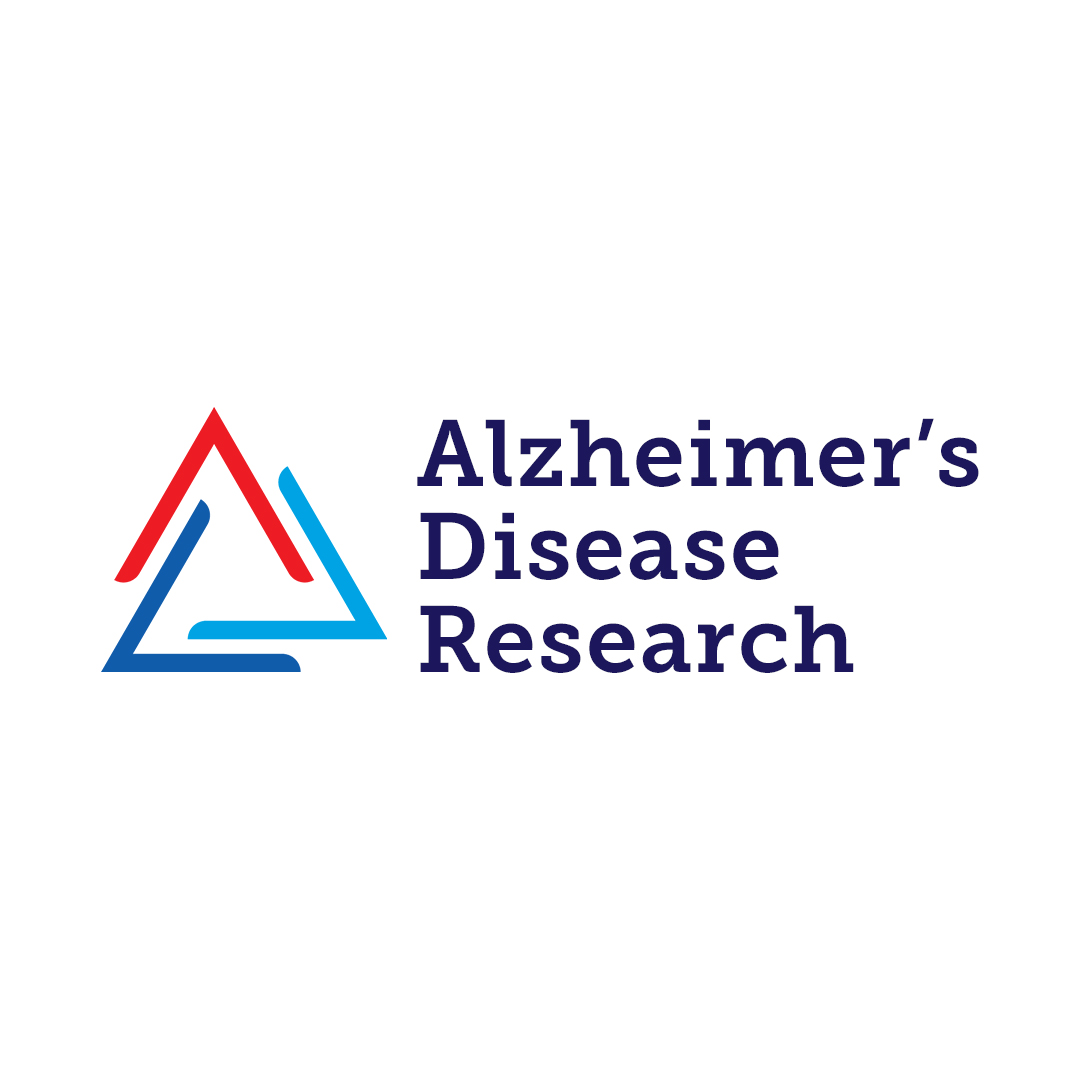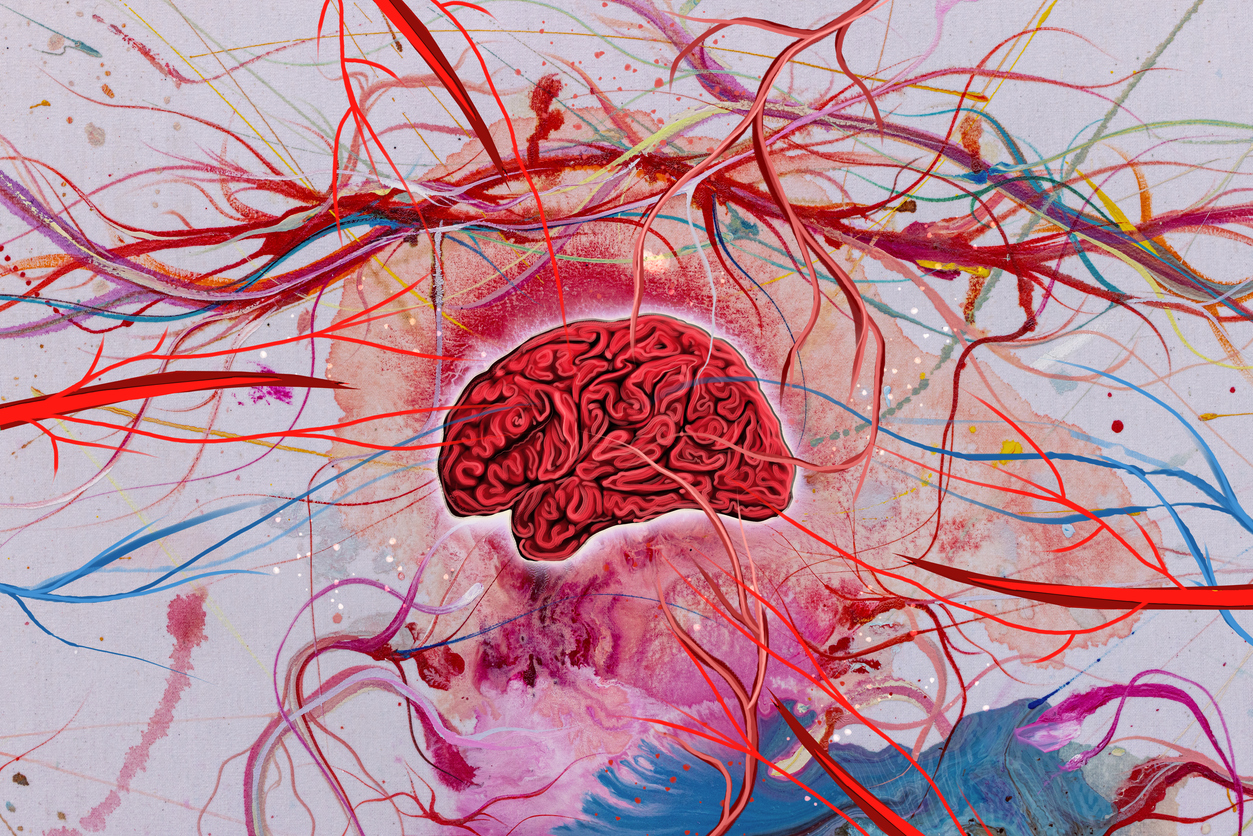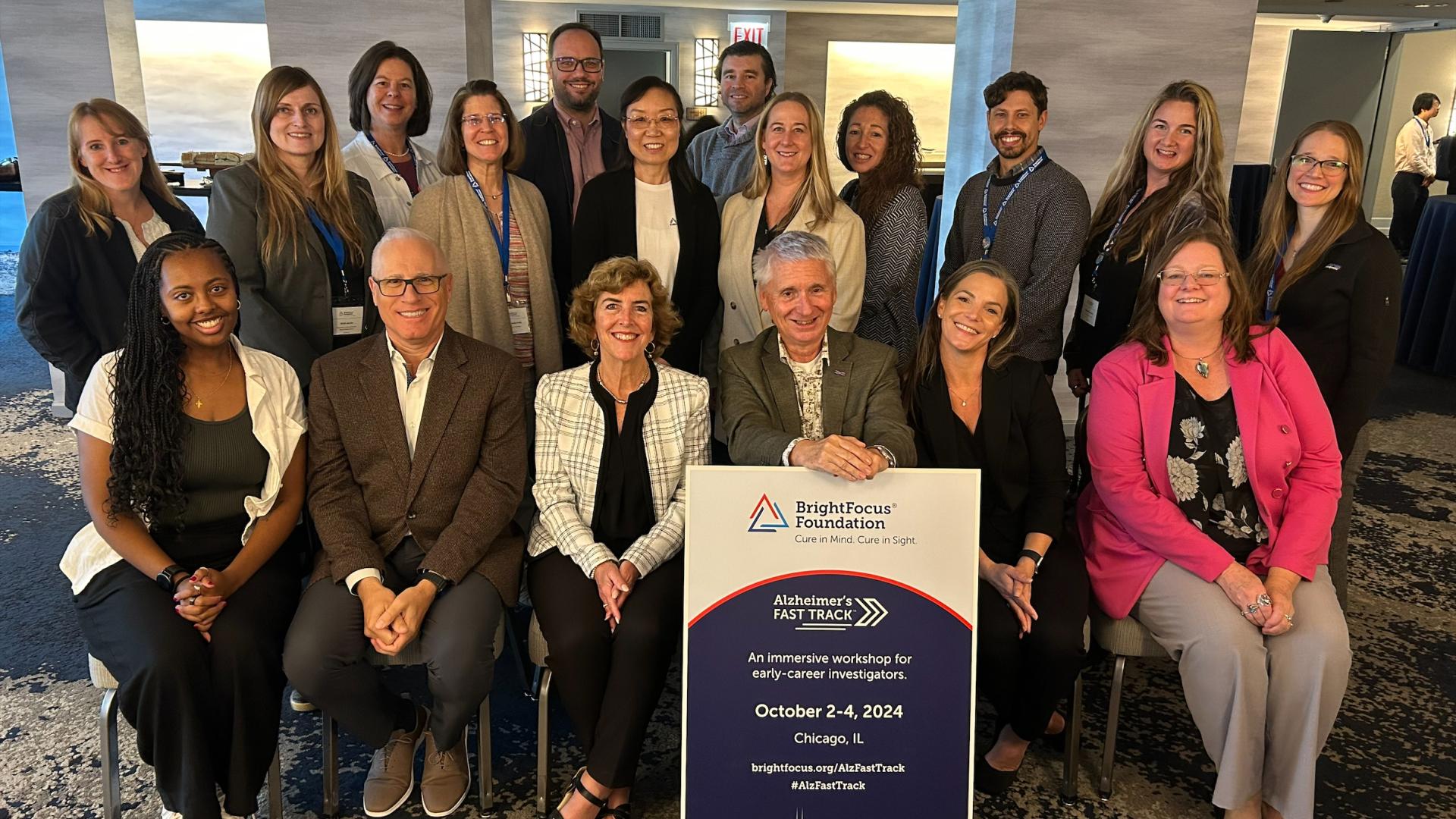
Breakthrough BrightFocus-funded research has identified a drug that shows great promise in treating repetitive mild traumatic brain injuries and could reduce risk for later neurodegeneration leading to dementia.
Traumatic brain injuries, or TBIs, result from a physical injury to the brain or a violent blow or jolt to the head. TBIs cause symptoms such as headache, nausea and vomiting, dizziness, and fainting. They can also cause behavioral or mental problems that include confusion, memory or concentration difficulties, mood changes, depression, and sleep disturbances.
Many active-duty personnel and veterans experience repetitive mild TBIs from the frequent blasts that are part of the military setting, including during training operations. Currently, no treatments are approved by the U.S. Food and Drug Administration for repetitive mild TBIs.
Even when these injuries leave no outward marks, the brain can still sustain damage that can result in brain shrinkage patterns similar to Alzheimer’s disease. What’s more, those who have experienced repetitive mild TBIs can be up to five times more at risk of developing neurodegenerative diseases that can lead to dementia. Estimates of repetitive mild TBI among service members returning from Iraq and Afghanistan range as high as 22%.
Partnering for a Cure
Through a partnership with the Medical Technology Enterprise Consortium (MTEC), BrightFocus’ Alzheimer’s Disease Research program is supporting $1 million in research projects to advance research in brain health and TBI and address the critical need for effective drug treatments.
In addition to this work, Alzheimer’s Disease Research funded another $500,000 grant to drug discovery and development company Astrocyte Pharmaceuticals to study another potential therapy for TBI.
Dive into the research below.
What the Research Uncovered
TBI damages mitochondria, where energy is packaged for cells to use. An Alzheimer’s Disease Research-funded team tweaked an existing mitochondria-targeting drug so that the drug has improved availability to the body.
Studies suggest that the repurposed version of the drug, called MP201, may restore the function of damaged mitochondria. The effect is to reduce production of molecules that trigger inflammation and cell damage, while simultaneously increasing molecules involved in repair, offering ideal protection after someone experiences a mild TBI.
MP201 is a novel modified version of a drug that has been used for other conditions that, like TBI, involve mitochondrial dysfunction. It is given orally and could become a staple for the military to reduce the risk of neurodegenerative diseases following TBI, including diseases related to dementia. TBIs are not confined to those serving in the armed forces, and the drug also holds promise for people who sustain TBIs from sports injuries, car accidents, or falls.
The researchers will now seek to complete preclinical studies to evaluate safety and effectiveness before MP201 moves into studies in military populations for repetitive blast-wave TBIs, as well as trauma units for other types of TBI.
The study, whose results were published in the Journal of Neurotrauma, was conducted by Alzheimer’s Disease Research grant recipients Patrick Sullivan, PhD, and W. Brad Hubbard, PhD, of the University of Kentucky and John G. Geisler PhD, founder and chief scientific officer of Mitochon Pharmaceuticals.
MP201 could be used to treat other diseases and is already being investigated as a treatment for glaucoma, which results in damage to nerve cells that pass visual information to the brain. The drug has also proven effective in optic neuritis, a pre-symptom of multiple sclerosis. Accordingly, TBI also can affect vision-related brain cell pathways. BrightFocus, through its National Glaucoma Research program, is funding one such study.
Q&A
Can you share some thoughts on what your findings could mean to military personnel with repetitive mild TBI?
Dr. W. Brad Hubbard: Early brain metabolism is critical for neuronal recovery after mild blast TBI. Our recently published findings highlight that MP201 can improve mitochondrial function in the neural synapse after repetitive mild TBI. This evidence shows that there is a potential for service members to take a pill after being exposed to blasts to improve brain health and resiliency. The goal is to help the powerhouse of the cell (mitochondria) after blast exposure to prevent later functional consequences, such as memory loss.
If clinical studies prove the efficacy and safety of MP201, how long do you expect it will be before it’s widely available?
Robert Alonso, founder and CEO, Mitochon Pharmaceuticals: Mitochon Pharmaceuticals has a series of clinical studies planned to get to a New Drug Approval, once the safety studies are completed. This includes Phase I in healthy volunteers (~12 months), Phase IIa in a dozen TBI patients at a Level 1 trauma unit (~12 months), followed by Phase IIb in ~400 TBI patients (~2 years) and finally Phase III in ~800 TBI patients (~3 years). If we are fast tracked, new drug approval by FDA would take around six months; otherwise, the standard is ~13 months after completion of Phase III clinical studies. So collectively, around seven years after safety is completed if everything went smoothly along with sufficient funding, which is usually the largest delay in getting to patients. The new drug approval would be designed to provide MP201 to both “classical” TBI, such as car crashes and falls, common in civilian populations, and repetitive blast wave TBI, primarily seen only in a military setting. Mitochon is excited to bring this new and meaningful medicine forward and always looking for new investors wishing to accelerate and enable MP201 approval. Contact Robert Alonso, CEO, at ralonson@mitochonpharma.com.
There is much focus on TBIs in sports, particularly football. Is it possible that use of this drug could expand to areas such as this as a treatment or even as prevention?
Dr. John G. Geisler: It is clear from the research that early intervention post-trauma provides the most optimal outcomes for recovery to stop the damaged tissue from destroying neighboring tissue, which we call the “threaten tissue” or penumbra. Chronic treatment of a couple weeks to a month will induce endogenous production of Brain Derived Neurotrophic Factor (BDNF) that is involved in promoting repair and enhanced cognition.
It is unlikely in a civilian population to be able to show preventative treatment because it is unpredictable. However, if you knew that you were going to be in a car accident one week from today, then it would be wise to start treatment now to have BDNF levels up and factors that prevent mitochondrial dysfunction onboard. This scenario is more predictable in a military setting when soldiers are going off to battle or on the battlefield. MP201 has been shown to not only treat TBI, but also issues that cascade from neurotrauma such as dementia (Parkinson’s, Alzheimer’s, etc.), autoimmune diseases (multiple sclerosis, optic neuritis), motor neuron diseases (ALS), vision (dry eyes, glaucoma), and hearing loss (noise or blast wave trauma).
This umbrella pan-neuroprotective effect is due to the fact that “mitochondrial health” is at the center of so many diseases in their symbiotic relationship with the cell. MP201’s capacity to directly target mitochondrial dysfunction as an oral once-per-day brain penetrating small molecule, pro-survival, addresses this core issue common to so many seemingly unrelated illnesses. The first half of the pharmacology is explained in our three-minute whiteboard video here.
What is next on the horizon for your research?
Dr. Patrick Sullivan: Currently, we are assessing MP201 in a more severe model of TBI in both a small and large animal model as part of an NIH-NINDS R01 grant. Our initial studies have determined the optimal dosage and therapeutic window for intervention for MP201 using mitochondrial function as our outcome measure. Over the next two years, we will use this dosing strategy to determine if improving mitochondrial function with MP201 administration in the brain can improve long-term cognitive function and afford neuroprotection after a moderate to severe traumatic brain injury. These studies are also assessing novel blood-based biomarkers to assess peripheral mitochondrial function (in platelets) as a surrogate for CNS mitochondrial function. These studies will lay the groundwork needed pre-clinically to move forward into human clinical trials in the future and establish a pre-clinical pipeline for future testing of “mitoceuticals” in TBI models.
What impact did funding from BrightFocus’ Alzheimer’s Disease Research program have in these discoveries?
Dr. John G. Geisler: Fortunately, the prior work that Mitochon has completed with our many talented collaborators in models of Alzheimer’s, ALS, Parkinson’s, Huntington’s, multiple sclerosis, TBI, and other indications caught the attention of BrightFocus Foundation. A foundation is only as good as the scientific prowess of the key opinion leaders as gatekeepers of funding. We are inspired by the joined forces of BrightFocus and MTEC to see the potential and enable MP201 to be explored in repetitive blast models, a prominent military issue that cascades into a possible host of long-term devasting illnesses for both young soldiers and our veterans. This funding opens the door to hopefully becoming a meaningful treatment in the near future!











